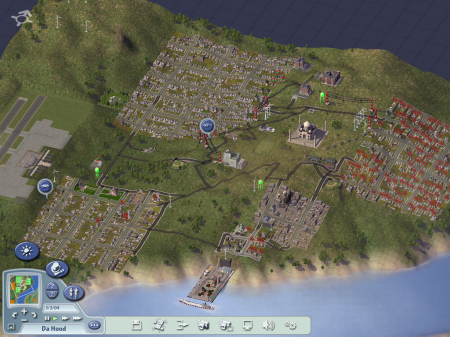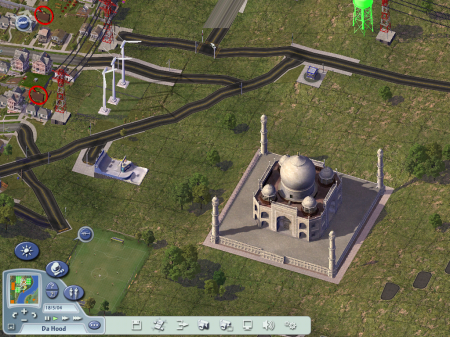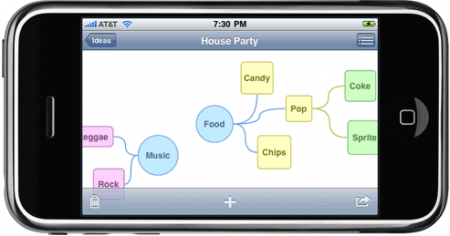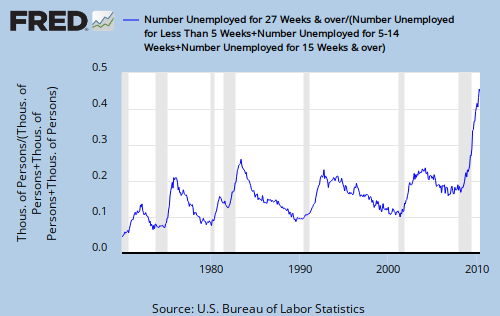The SimCity game is a wonderful model for urban planning. My class is using it to try to tie together the lessons on the Needs of People and the Themes of Geography.
I gave the small groups the game, two hours, and required them to take notes on why they made the choices they made.

What we did
The game starts at the Region view, where you choose the location of the city. I was enthused to see the groups almost instinctively go for a location with good access to water. Of course almost all the places you can found a city are on a river or ocean, but more than one student specifically mentioned the water access as a reason for their choice.
To have them better think about the region, I also asked the students to think about, and report, on where in the world they thought their city might be, based on the topography and the vegetation. Most proposed the eastern U.S. seaboard.
After choosing a location the students could “terraform” it by raising mountains, making valleys, sculpting beaches and more. Some groups needed to be chivvied to move on, after all, they only had one two hour session to complete the assignment.
Then they got into the heart of the game, Mayor Mode (the terraforming session is called “God Mode”). The urban planning model is based on the land-use zoning strategy used by many, but by no means not all, U.S. cities. You have to mark cells on the city’s grid for residential, commercial or industrial/agricultural use. Then, if you’ve provided utilities and a transportation system “developers” will autonomously start to build houses, businesses and industry in these zones.

Playing on “Easy”, the mayoral advisers would regularly pop up to suggest new amenities, like schools, police stations and parks that would attract more people to the city.
And students had to make choices. One of the first, for example, was about what type of power to provide their city. Coal plants are cheap but dirty, while windmills produce a lot less power so you have to build a lot of them.
A Little Discussion
The game worked remarkably well as part of the curriculum. SimCity is a potentially addictive game, the plea, “I really need to stop,” was heard repeatedly as I was trying to get the last group to come to our discussion. Yet, two hours was enough for students to get the gist of the game and think about its implications for geography. The final cities were not perfect (at least one was designed to be dysfunctional) and most of them were running a serious deficit, but when it came time to present, students were able to flesh out our information on the lessons quite nicely.
The game is also easy enough. The game’s internal model is quite sophisticated, but there’s enough in-game advice, that it took just some initial guidance about the basic premise of zoning, for students unfamiliar with the game to play it effectively. Some students were better prepared at the start than others. Some had played similar games in the past and one student had even read the instruction booklet that came with the game CD, but they were all able to get cities up and running in the allotted time.
Technical Difficulties
We’re a Mac school, but SimCity does not have a version that works with modern macs, so I had to use my old laptop that has Windows. That computer is a Mac that it uses Boot Camp to boot to Windows, and, perhaps for this reason, the first group that tried to use it had it crash on them a few times at the beginning of their game. They gave up and created their city in our sandbox, which turned out great in the end because it gave them more flexibility in the structures they could create and some interesting differences in perspectives from the game based presentations. I’ll post more about that later.
In Conclusion
I like the game because it lets the students provide the infrastructure while the game engine/model tests the infrastructure to see it if works and “predicts” development and population. The Needs of People and Themes of Geography contexts were useful ways of getting students into the game but struggling to get the city to work helped fill in a lot of things that students had not thought of previously.
One of those things was people’s need for safety. In our post-game discussion, safety from crime and from nature came up as additional needs of people we had not discussed. Successful cities in the game need police stations, and students had apparently been thinking hard about the array of natural disasters they could rain down on their cities when the assignment was over.

Finally, students presented their cities while Ms. Ann DeVore from the Deargorn Heights Montessori Center was observing the classroom. Ann is an enthusiastic user of SimCity. Her middle school uses it the initial part of the Future City competition, which is something I’d very much like to get my group involved in as soon as I can wrangle some technical advisers.




